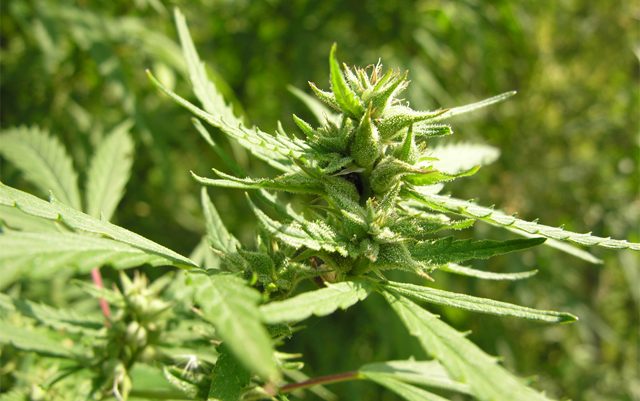The element chlorine (Cl) is a yellowish-green gas in its pure form at room temperature. Being highly reactive, it is usually observed as a chloride. Sodium chloride (NaCl), the most abundant compound of chlorine found in the earth’s crust is common table salt, and the amount dissolved in the world’s oceans is enormous. Chloride ions are an essential plant micronutrient; we’ve known this since the 1950’s. Chlorine-based products are widely applied as a bleaching or disinfecting agent and chlorine is also a deadly poison in high concentrations. When used as a crude and cruel weapon, chlorine gas reacts with moist tissues to form hydrochloric acid (HCl) which burns and destroys the lungs.
Municipal water suppliers began implementing chlorination in the early 1900’s to curb the spread of serious diseases such as cholera, dysentery and typhoid by killing waterborne pathogens. More recently, many cities have upped the ante and switched to disinfecting the water supply with chloramine, which is a combination of chlorine and ammonia. Since both chlorine and chloramine are harmful to all aquatic vertebrate life, home aquarists have long practiced various methods for removing the chemical additives from tap water before using it to replenish or fill fish tanks.
If you live close enough to the coast to smell the “sea air” chances are your soil has plenty of chloride mixed into it from aerosol deposits. Chloride ions are taken up in very small amounts by cannabis roots. In addition to aiding in the transport of sodium into the plant, other salts of chloride can move calcium, magnesium and potassium. Chloride concentrated in the chloroplasts become part of the water-splitting process of photosynthesis. Chloride activates various plant enzymes and plays a role in operating cannabis leaf stomata, the guard cells of pore transpiration.
As you might expect, symptoms of chlorine deficiency, while rare, include severe yellowing of the leaves known as chlorosis, bronzing, slow growth, little or no flowering and necrotic, dying leaves. Like nitrogen salts, chloride is highly mobile in the soil, to the extent that inland drenching rains could flush away these normally available nutrients to deficient levels. Chronically arid soils can accumulate chlorides to the point of toxicity; symptoms closely resemble those of salt stress damage and can include stunting, small thick leaves, curling, leaf drop and rapid decline to plant death.
Some studies of agricultural crops have suggested that chlorides play a role in disease suppression when provided in quantities far above those of micronutrients but not high enough to induce symptoms of salt stress. In the controlled environment of a cannabis grow, be certain that your micronutrient supplementation includes salts of chlorine. The fertilizers you’ll likely encounter with good chlorine content include potassium chloride, ammonium chloride, calcium chloride and magnesium chloride. Thirty to one hundred pounds per acre should correct any deficiency. While chlorine and chloride are required and beneficial to plants, chloramines have been shown to inhibit growth in lettuce and should probably be removed from your water before use on cannabis.
Cannabis is a natural accumulator of trace elements, to the point where industrial hemp has been used to “clean-up” toxic sites, including Chernobyl; this is called phytoremediation. That’s a good argument for absolute control over what goes into your fertigation reservoir, especially since there is some public outcry about chloramine safety and disinfection byproducts, but these concerned citizens ignore the fact that the byproducts of chlorine disinfection have thus far proven even more dangerous than those of chloramine. Would you juice or concentrate cannabis containing elevated levels of chloramines? When pre-treating water you’ll want to carefully consider if carbon filtration is enough, it may be necessary to employ reverse osmosis to scrub out every “impurity”. Consider additional pathogen control methods such as ultra-violet sterilization, especially if scrubbing all chlorine and/or chloramine from city water.
We need cannabis removed from Schedule 1 ASAP so university research can determine which micronutrients should be supplemented in what recommended proportions to optimize the production of THC, CBDs and specific terpenes for select genetics/strains.
Any advice and opinions about the cultivation of Cannabis offered by Bruce N. Goren are his own and do not represent the University of California or the Master Gardener Program.






